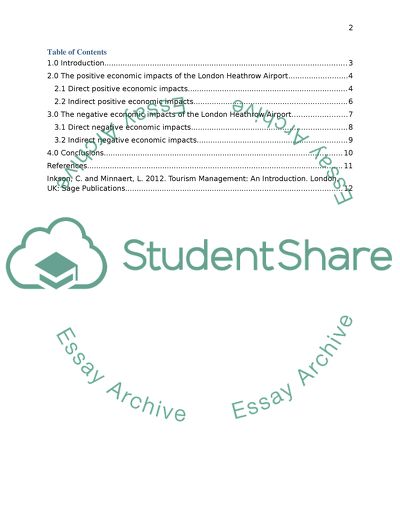Cite this document
(“An analysis of the positive and negative economic impacts of Heathrow Essay”, n.d.)
Retrieved from https://studentshare.org/tourism/1493172-an-analysis-of-the-positive-and-negative-economic
Retrieved from https://studentshare.org/tourism/1493172-an-analysis-of-the-positive-and-negative-economic
(An Analysis of the Positive and Negative Economic Impacts of Heathrow Essay)
https://studentshare.org/tourism/1493172-an-analysis-of-the-positive-and-negative-economic.
https://studentshare.org/tourism/1493172-an-analysis-of-the-positive-and-negative-economic.
“An Analysis of the Positive and Negative Economic Impacts of Heathrow Essay”, n.d. https://studentshare.org/tourism/1493172-an-analysis-of-the-positive-and-negative-economic.


